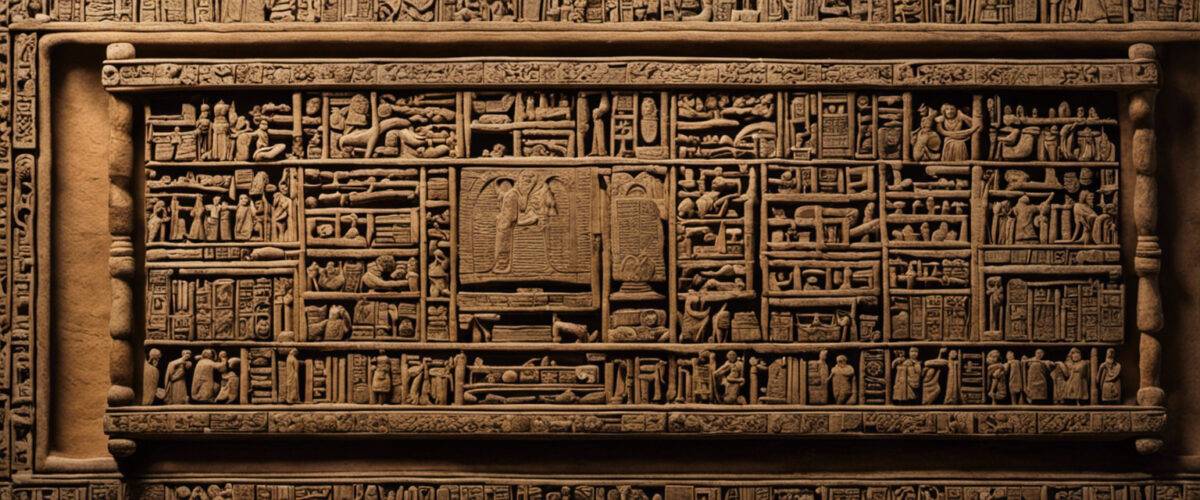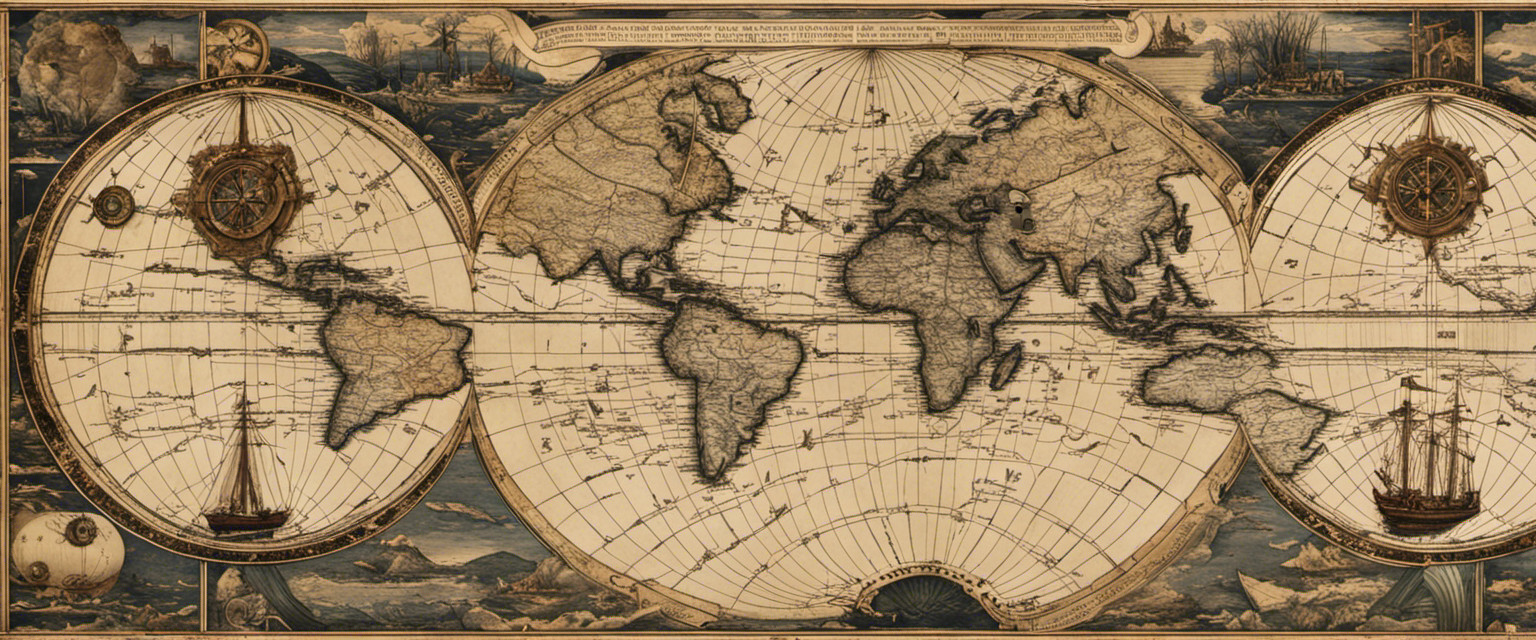The preservation of knowledge before the advent of books is a topic that may seem trivial to some. However, understanding ancient methods of preserving knowledge allows us to appreciate the ingenuity and resourcefulness of our ancestors.
This article aims to provide an objective and evidence-based analysis of these ancient preservation methods, focusing on papyrus and clay tablets. By examining these techniques, we can gain insights into the challenges faced by early civilizations in their quest for knowledge retention.
Ultimately, this exploration sheds light on the value and significance of preserving history for contemporary society.
Ancient History of Preserving Knowledge
This discussion aims to explore the ancient methods of preserving knowledge before the advent of books.
Examining pre-book preservation techniques provides valuable insights into how societies and cultures safeguarded important information for future generations.
Pre-Book Preservation Methods
One method of preserving knowledge before the advent of books involved inscribing information onto durable materials such as stone tablets or clay tablets. These tablets were used to record important information and passed down through generations.
Additionally, oral traditions played a crucial role in preserving knowledge. Stories, myths, and legends were memorized and transmitted orally from one generation to another.
Cave paintings also served as a means of preserving knowledge, providing visual representations of important events and cultural practices.
Ancient Knowledge Preservation
Inscribing information onto durable materials such as stone tablets or clay tablets, along with the transmission of knowledge through oral traditions and the creation of cave paintings, were some of the methods employed by ancient civilizations to preserve their cultural and historical knowledge.
Oral traditions played a crucial role in passing down stories, rituals, and beliefs from one generation to another. Symbolism was often used in these ancient knowledge preservation practices to convey deeper meanings and ensure the continuity of cultural heritage.
Main Explanation: Papyrus and Clay Tablets as Ancient Preservation Methods
Papyrus and clay tablets served as common mediums for the preservation of knowledge in ancient civilizations.
Papyrus, made from the pith of the papyrus plant, was used extensively in ancient Egypt. Its flexibility allowed for easy writing and storage.
Clay tablets, on the other hand, were commonly used in Mesopotamia. These tablets were inscribed with cuneiform script and then baked to ensure their durability.
While these methods were widely utilized, alternative ancient preservation methods also existed, including stone carving and oral tradition.
Transitioning into ‚tips for preserving ancient knowledge{list}‘, it is important to consider these unique preservation techniques when exploring ways to protect valuable historical information.
Tips for Preserving Ancient Knowledge
When considering the preservation of ancient knowledge, it is essential to explore a range of techniques beyond the traditional use of papyrus and clay tablets. To effectively preserve historical artifacts, various preservation techniques can be utilized. These techniques include:
-
Digitization: Converting physical documents into digital formats ensures easy access and reduces the risk of damage or loss.
-
Conservation: Employing specialized methods such as temperature and humidity control prevents deterioration and extends artifact lifespan.
-
Replication: Creating replicas allows for wider distribution while ensuring the original remains protected.
By employing these preservation techniques, ancient knowledge can be safeguarded for future generations to study and enjoy.
Transitioning into ‚final thoughts‘, it is important to recognize that while technology provides innovative ways to preserve ancient knowledge, careful consideration must be given to ethical concerns surrounding ownership, access, and cultural heritage in order to ensure freedom of information for all.
Final Thoughts
Ancient methods of preserving knowledge before books provide valuable insights into the ingenuity and resourcefulness of our ancestors. These techniques, although no longer practical in today’s digital age, hold philosophical implications for the future of knowledge preservation.
As technology continues to advance, it raises questions about the longevity and accessibility of information. The future of knowledge preservation lies in finding innovative ways to safeguard our collective wisdom while ensuring its availability for generations to come.
Frequently Asked Questions
What Are Some Examples of Ancient Civilizations That Used Methods Other Than Books to Preserve Knowledge?
Examples of ancient civilizations using alternative methods to preserve knowledge include the Sumerians‘ clay tablets, the Egyptians‘ papyrus scrolls, and the Mayans‘ codices. Each method had its pros and cons in terms of durability and accessibility.
How Did Ancient Civilizations Ensure the Longevity and Durability of Papyrus and Clay Tablets?
The preservation techniques employed by ancient civilizations ensured the longevity and durability of papyrus and clay tablets. Advancements in writing materials and techniques, such as proper storage conditions and protective coverings, contributed to their lasting existence.
What Were the Limitations of Using Papyrus and Clay Tablets as Preservation Methods?
The limitations of papyrus and clay tablets as preservation methods include their fragility and susceptibility to damage. These ancient materials were prone to deterioration over time, resulting in the loss or destruction of valuable knowledge.
Did Ancient Societies Have Any Systems in Place to Organize and Categorize Their Preserved Knowledge?
Ancient societies developed systems to organize and categorize their preserved knowledge. These systems varied, with some using alphabetical or hierarchical structures, while others relied on mnemonic devices or oral traditions. Such methods facilitated the retrieval and dissemination of information in a pre-book era.
How Did the Invention of Books Eventually Replace the Use of Papyrus and Clay Tablets for Preserving Knowledge?
The invention of books eventually replaced the use of papyrus and clay tablets for preserving knowledge through innovations in bookbinding techniques. This had a significant impact on education by providing a more efficient and accessible means of storing and disseminating information.





